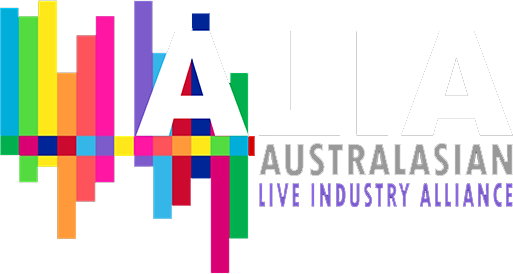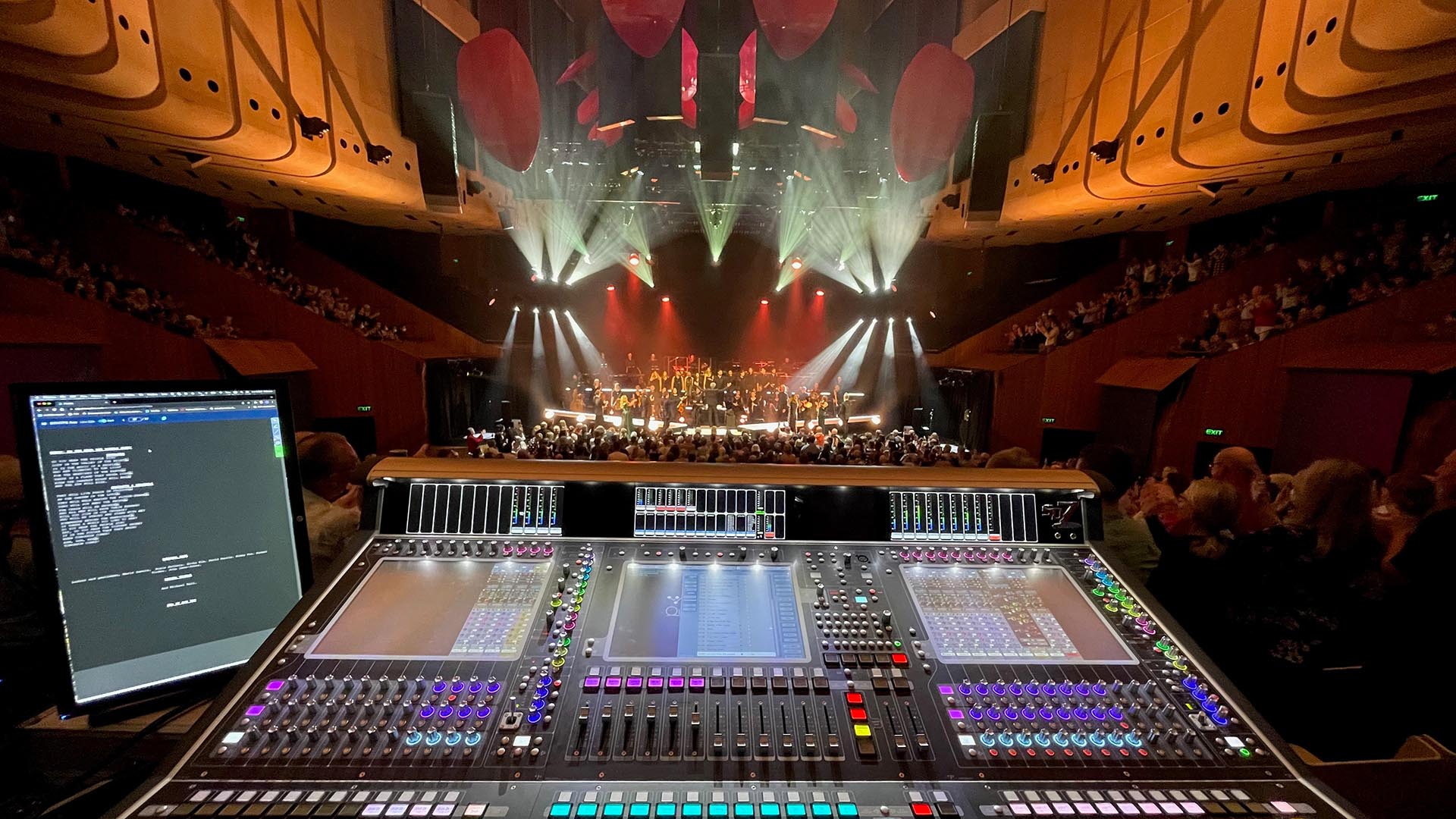Do You Hear The People Sing? Yes, Thanks to Tom Brickhill!
Through decades of collaboration, lyricist Alain Boublil and composer Claude-Michel Schönberg have graced world stages with timeless classics. Do You Hear The People Sing? celebrates their best-known works Les Misérables and Miss Saigon, along with some of their lesser-known works. The show features a 24-piece live orchestra, vocalists stars of the Australian and international stages supported by a choir of talented local performers.
This is the fourth run of DYHTPS that sound designer Tom Brickhill has worked on for the show’s producer Enda Markey starting in Shanghai back in 2013, then Manila and Taipei not long after.

“We’ve wanted to bring the show to Australia for a long time, but various reasons, not the least Covid, prevented us until now,” remarked Tom. “The previous versions of the show had a lot more performers on stage (60+ orchestra, 60+ choir and up to 24 soloists), which was, as you can imagine, quite the logistical challenge. This Australian version is a much more manageable size with a 24-piece orchestra, 12 choir members and eight soloists.”
Tom describes the mix style for this show as ‘contemporary musical theatre with a heightened filmic aesthetic’. Most of the audience is very familiar with the music, having experienced it through a combination of seeing the original productions, watching the Les Mis movie and listening to cast recordings. The orchestrations and recording styles have evolved a lot over the years so everyone has their idea of how these songs should sound.
“I’m doing my best to land somewhere in the middle of their expectations,” he said. “I’m aiming for an open orchestral sound where everything is clear and has its place tonally and spatially but don’t shy away from bringing quieter instruments up front when they’re carrying the melody. This music was written to be amplified (much like modern film scores), so it’s not unusual for quieter instruments like the harp to be more prominent than the louder instruments. There is also an plethora of percussion creating all sorts of aesthetic flourishes throughout, so making sure they cut through at the right moments is very important. We were lucky enough that Claude-Michel Schönberg was with us for the tour and he was happy to give me the occasional note when he thought something needed tweaking.”
DiGiCo SD7 consoles were used for both FOH and monitors. Both Felix Abrahams (monitor engineer) and Tom are familiar with DiGiCos, having used them for many years.
“They have a huge amount of processing, so you’re never worried you’re going to run out of juice,” commented Tom, “They’re also usually rider friendly when touring, though so far, I’ve had to mix this show on everything from a PM1D to a Pro2 running sub-mixes into an SD10. In the end, it’s all about preparation. I usually spend several days building my show file and double-checking everything before we get anywhere near the venue. We don’t get much time to sound check so the more work I can do offline, the easier my life is going to be on the ground.”
For outboard Tom used two Bricasti M7s and a Smart C2 compressor on the master buss. Tom says that the Bricasti’s are some of the most transparent reverbs on the market and always sound great for orchestral work. However, when they were in Taipei he was using a Lexicon 480L, which is still his favourite.
“Because the mix needed to change throughout the show to suit each song, I programmed the console in a similar way to a musical theatre production,” Tom explained. “I have a scene memory for each song so I can manipulate and store the mix to suit. We also had a virtual sound check system on the tour, which allowed me to sit in the theatre and go back over the whole show and refine the mix, song by song without the performers. When it came to the actual show, I mostly mixed from the Control Groups (DiGiCo speak for VCAs), with the occasional tweak here and there.
“Just a side note, the new Mustard processing on the SD7 Quantum is fantastic. It’s a complete step change from the old SD channel strip processing. The EQs are much more musical sounding and the vintage VCA compressor simulation did a great job managing the enormous dynamic ranges of the soloists.”
All the instruments were close-mic’d, then combined with overheads to get a bit of air in the mix with Tom adding that strings in particular don’t always sound great if you just use the DPA 4099s since no instrument sounds natural 3 cm away. Most small diaphragm condensers were either Schoeps MK4s or Neumann KM184/5s. The trumpets and trombone were Sennheiser MD421s and the French horns were Neumann TLM 49s. The drum kit was Beta 52/98s/57As with KM184 overheads.
Felix Abrahams toured with the show and mixed monitors on an SD7. The show had quite a complex monitoring setup with a combination of IEMs, wedges and Avioms. Some orchestra players were using Avioms with a wedge while others were using earphones or headphones. The choir sat in the middle of the orchestra and was surrounded by wedges, which weren’t able to be too loud because they would get into the orchestra mics. Some soloists were using IEMs, while others preferred wedges. Felix spent a huge amount of time working with 44 performers on stage to make sure they were happy.
Tom says that time pressure was the greatest challenge on this gig. In Melbourne, they had two days before an audience, which dropped to one day in Sydney. The SOH and Eighth Day crew working on the show in Sydney spend the day before prepping everything in the SOH Central Passage, then worked through the night after the previous show came down to have everything ready for us the next day. Felix and Tom walked in at 8 am to fully line-checked stage boxes and consoles ready to go and by midday, they were sound checking the orchestra and at 2 pm they were running the show.
The new PA in the Concert Hall is a d&b audiotechnik rig.
“The refurbished Concert Hall sounded great,” added Tom. “The new acoustic banners that are deployed in amplified mode are doing a stellar job at bringing the reverb down to a level more manageable level for amplified performance. However, the room sound that remained worked quite well for this show. I didn’t end up using as much artificial reverb as I expected because the room was providing a nice level of spaciousness and envelopment to fill out the mix. I’m looking forward to seeing an unamplified concert with the Sydney Symphony soon. I’ve heard lots of positive reviews from multiple people.”



















































